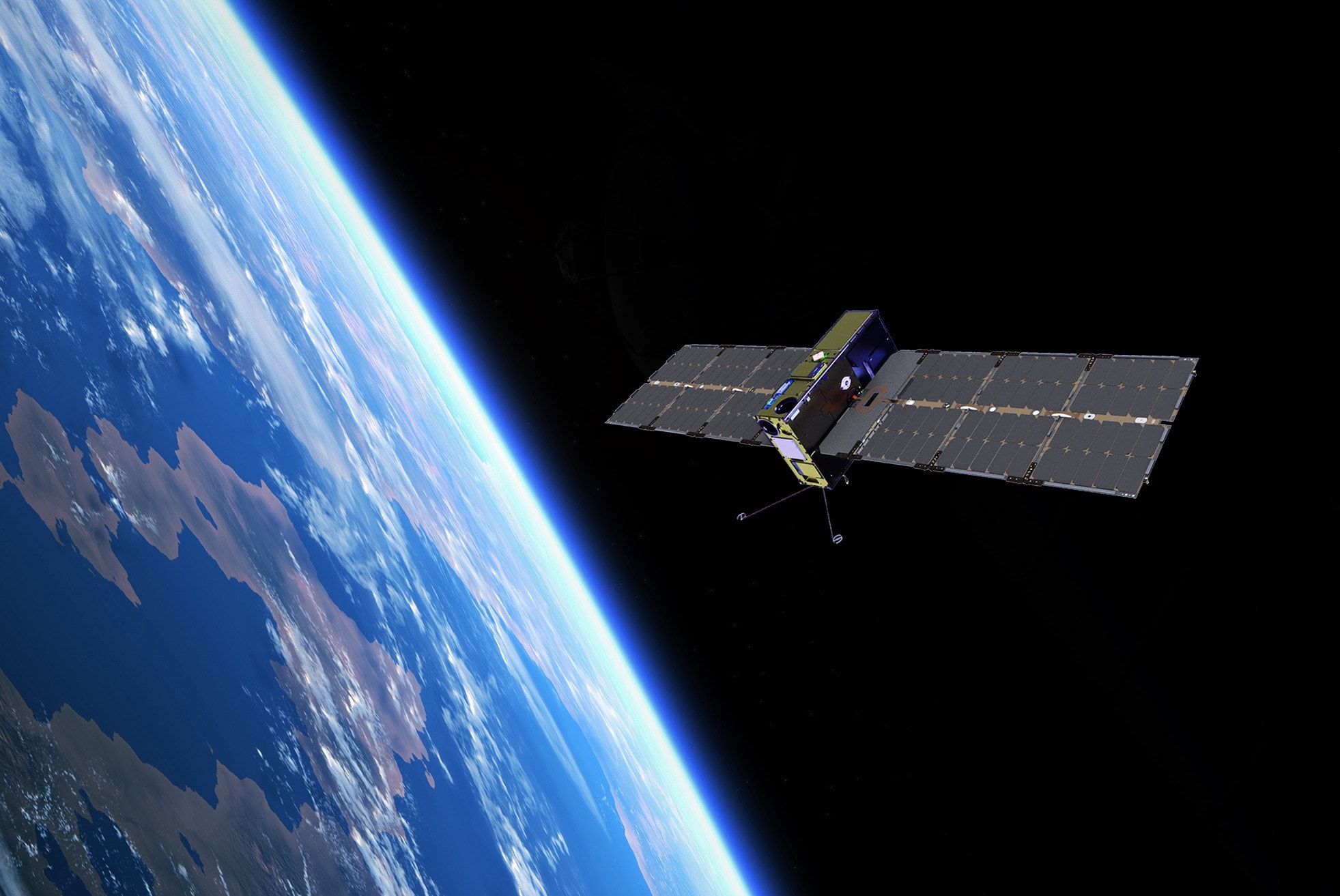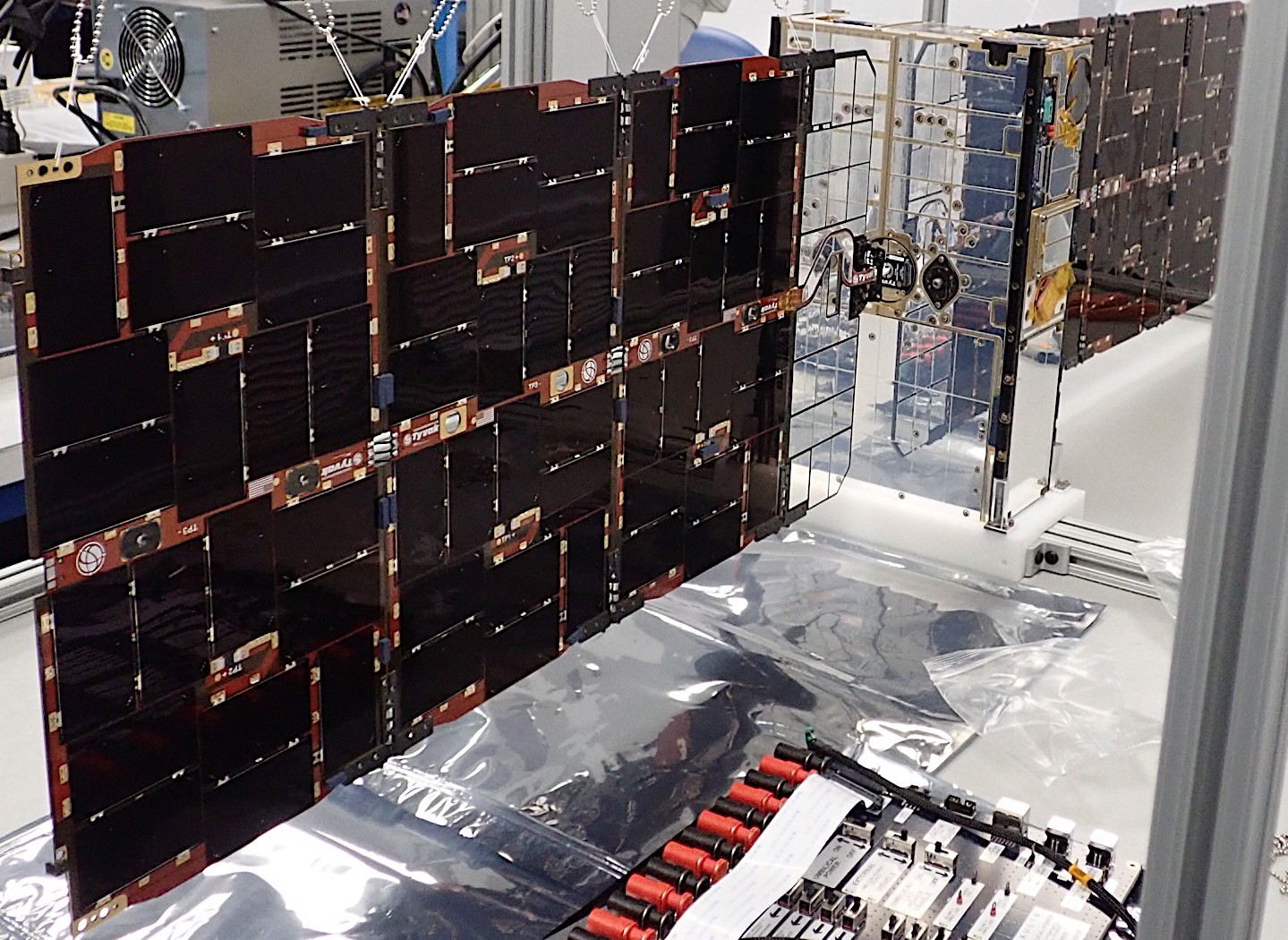Imagine this: A tiny, tissue box sized satellite orbits Earth, its sole mission to test cutting edge laser communication technology. From eight football fields away, a ground station in Maryland fires a laser beam, aiming for a target just three feet wide.
The beam not only finds its mark but also establishes a stable connection, a feat NASA calls groundbreaking. This remarkable achievement, involving the TBIRD satellite and the LCOT ground station, demonstrates the potential for high speed, reliable laser communication in space exploration.
Such technology could revolutionize how we send and receive data from distant spacecraft, enabling faster downloads, clearer images, and more efficient communication.

The TBIRD satellite launched aboard a SpaceX Falcon 9 rocket in 2022, was designed to test the feasibility of laser communication in space. Its success, coupled with the capabilities of the LCOT ground station, suggests that laser based communication systems could become a standard feature in future space missions.
This could lead to significant advancements in fields such as astronomy, planetary science, and even human space exploration. NASA’s recent breakthrough in laser space communication could revolutionize deep space exploration.
The successful three minute uplink between Earth and the Lunar Reconnaissance Orbiter (LRO) demonstrated the immense potential of laser technology for transmitting vast amounts of data at unprecedented speeds.
This achievement marks a significant step towards establishing laser communications as the standard for future missions, particularly those bound for Mars. Unlike traditional radio frequency systems, which are reliable but slow and low quality, laser communications offer a substantial increase in data transfer rates and image quality.

This is crucial for missions that require real time data transmission, such as those involving human exploration. By enabling high definition video and photo transmission, as well as the transfer of large scientific datasets, laser communications will provide astronauts with a vital lifeline to Earth, even at the vast distances of deep space.
The Artemis Moon exploration program and future crewed missions to Mars will greatly benefit from this technological advancement.
Laser communications can facilitate real time communication, remote operations, and the transmission of critical data, ensuring the safety and success of these ambitious endeavors.
As NASA continues to invest in and develop laser communication technology, we can expect to see even more groundbreaking achievements in the years to come.

